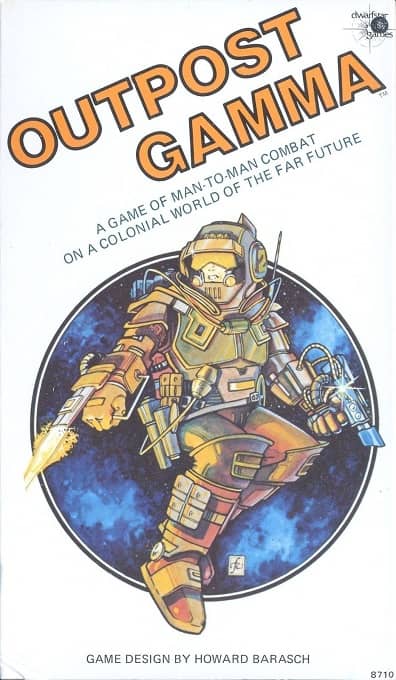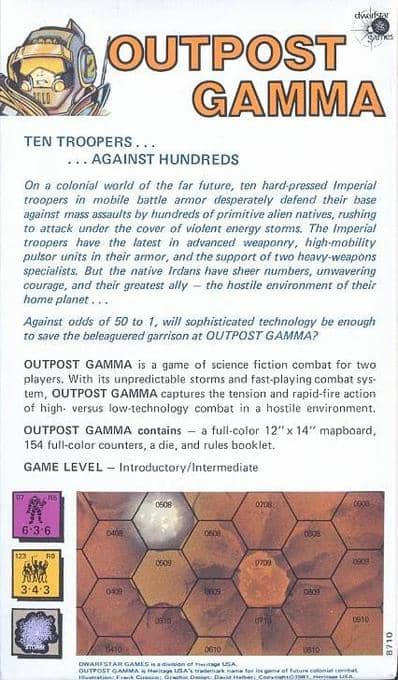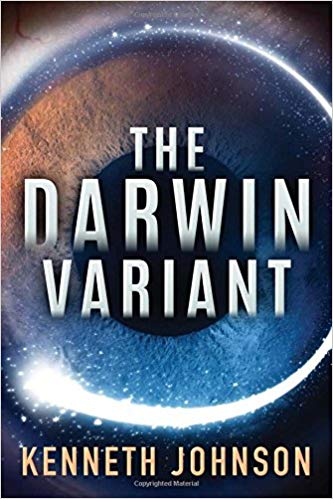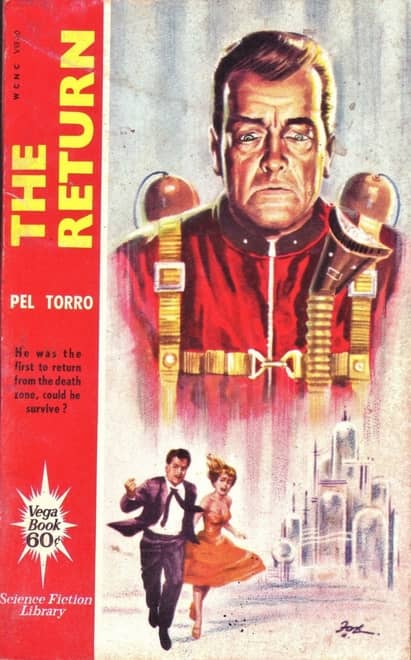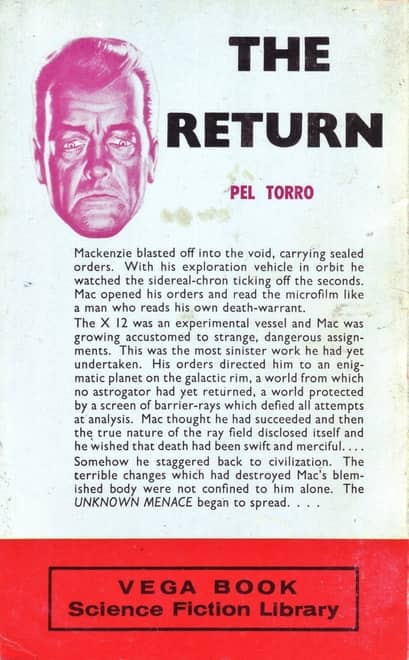What I’ve Been Listening To: February, 2025
 I haven’t shared what I’ve been listening to, since November. How have you lasted this long??? Let’s rectify that right now, shall we?
I haven’t shared what I’ve been listening to, since November. How have you lasted this long??? Let’s rectify that right now, shall we?
ISAAC STEELE & THE FOREVER MAN – Daniel Rigby
This is the first of two originals produced by Audible as The Isaac Steele Chronicles – it’s not a print or digital book turned into an audiobook.
Rigby wrote it, and he narrates as well. He sounds a lot like Cary Elwes, which totally works for me (you want a great audiobook – Elwes’ memoir about the making of The Princess Bride, with several cast members reading their own parts, is superb).
It’s NSFW – I don’t play this one out loud in the office. I’d say ‘raunchy.’ So, take that for what it is.
Steele works for Greatest Britain’s Department of Clarification. He’s basically a police detective for the intergalactic British government. Greatest Britain is about as beloved as Britain was during the Colonial Era. Steele is never the most popular guy in the room. He also drinks, does drugs, has unresolved parental issues, and he’s not exactly a stickler for the rules. A scifi version of the hardboiled private eye trope.
He can be his own worst enemy, but there are plenty of other people, robots, and monsters, willing to make his life worse for him. He has a robotic partner, Timothy, who sulks in his tent like Achilles, after getting benched on the case. Steele is less than gracious in welcoming his new, temporary partner.
This is campy fun, without being silly. I can imagine that there are some seriously devoted fans, on board for more.
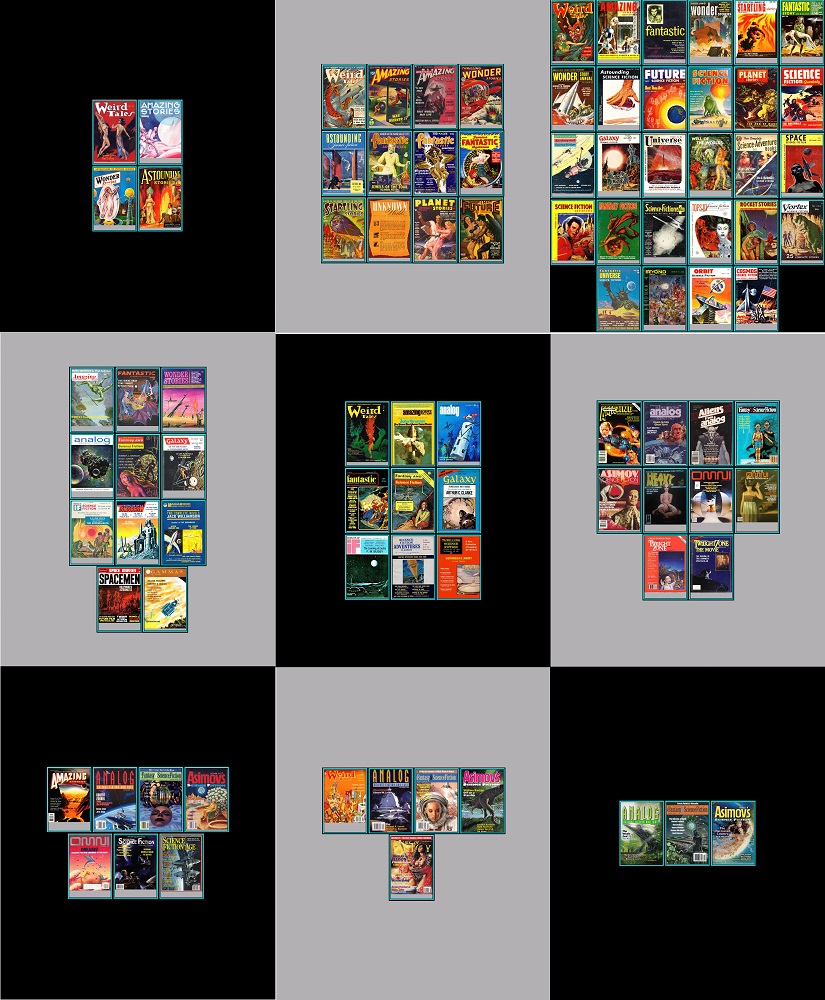
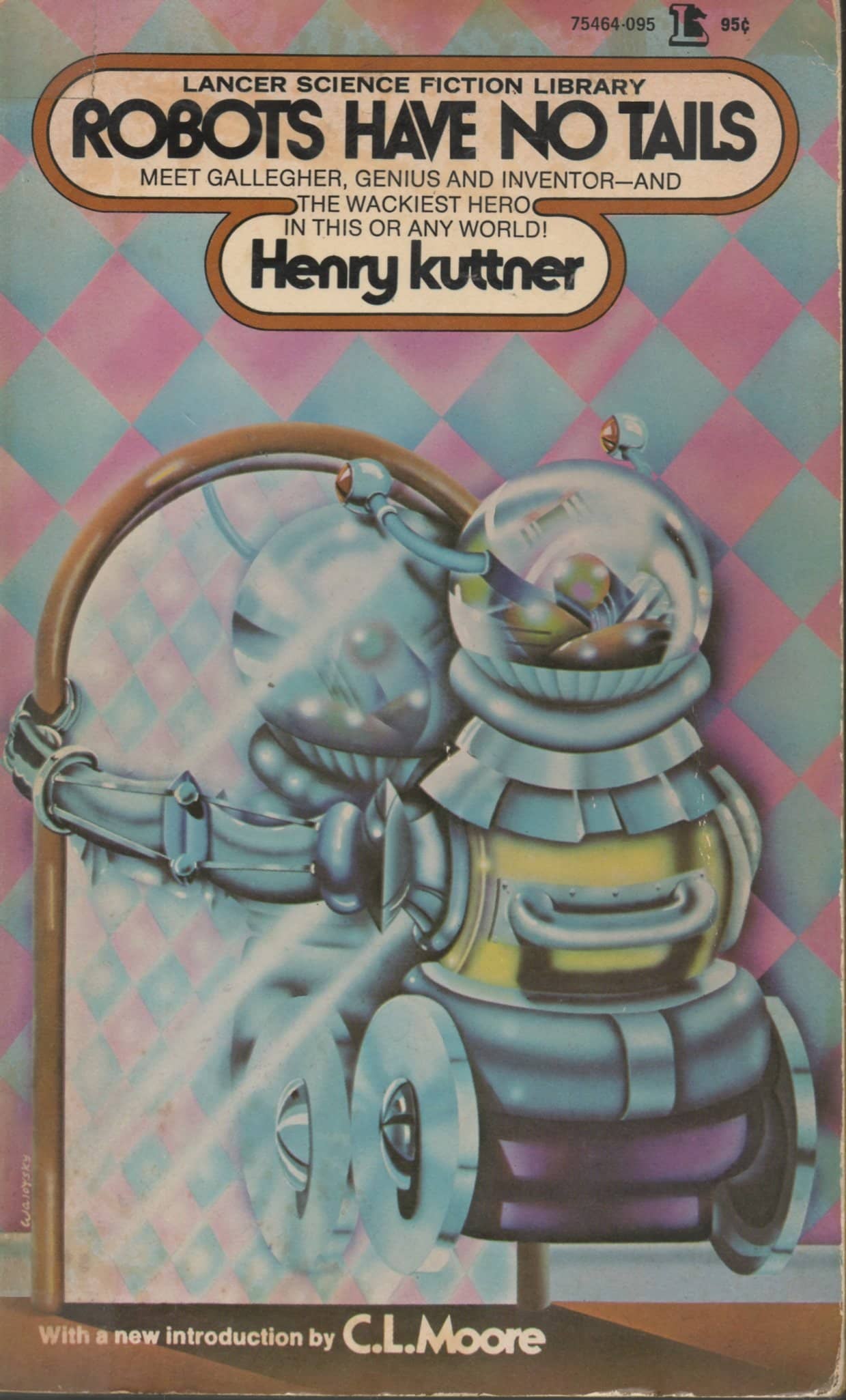
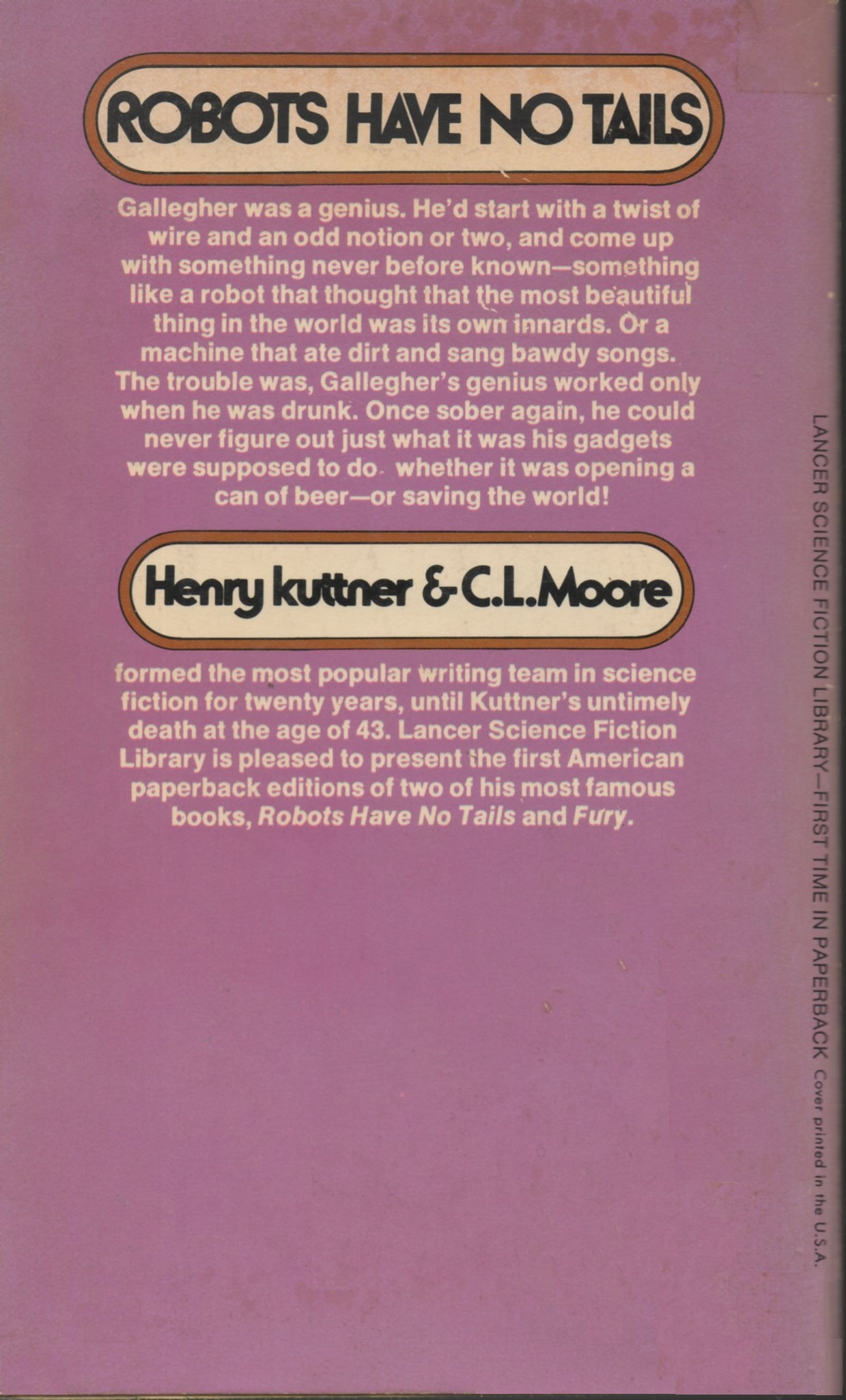
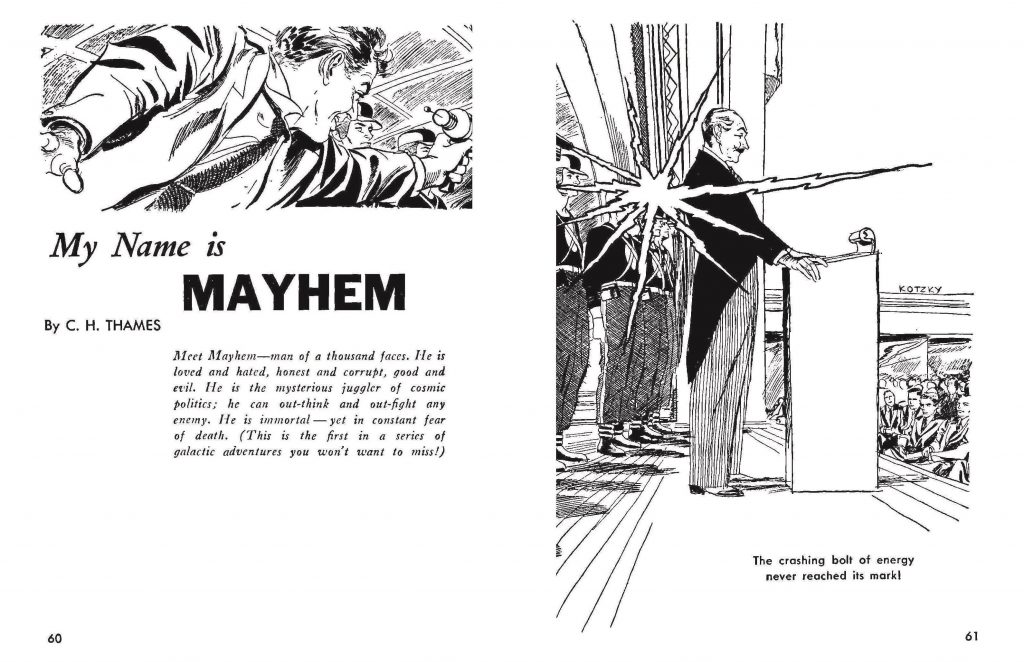
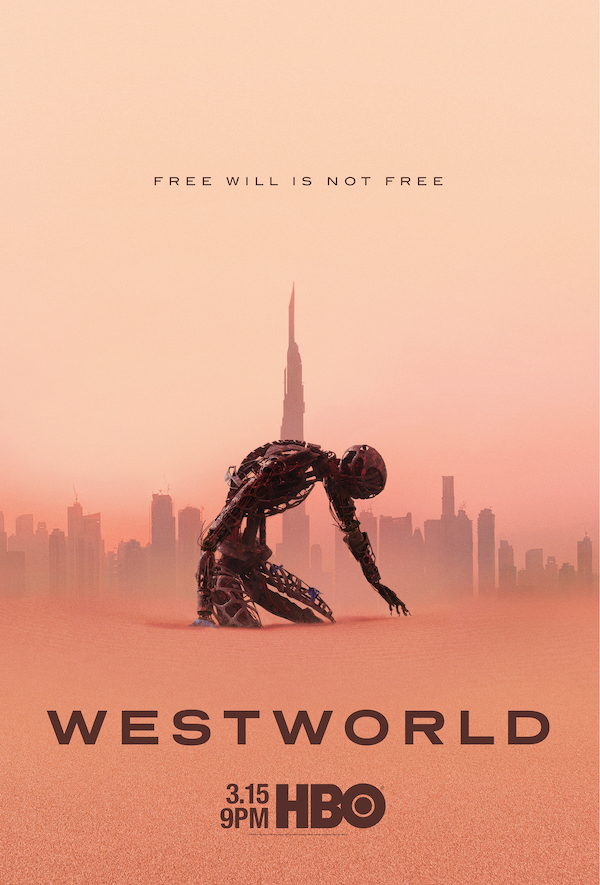

 The Arabic world has seen an upsurge in speculative fiction in recent years. Some attribute it to the disappointments of the Arab Spring and the disaster of the U.S. invasion of Iraq. Others point to ready access to the Internet, allowing Arab writers to communicate more easily with genre fans in other parts of the world.
The Arabic world has seen an upsurge in speculative fiction in recent years. Some attribute it to the disappointments of the Arab Spring and the disaster of the U.S. invasion of Iraq. Others point to ready access to the Internet, allowing Arab writers to communicate more easily with genre fans in other parts of the world.